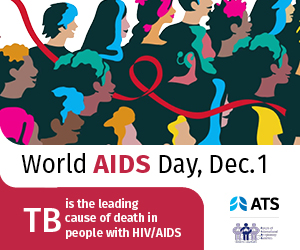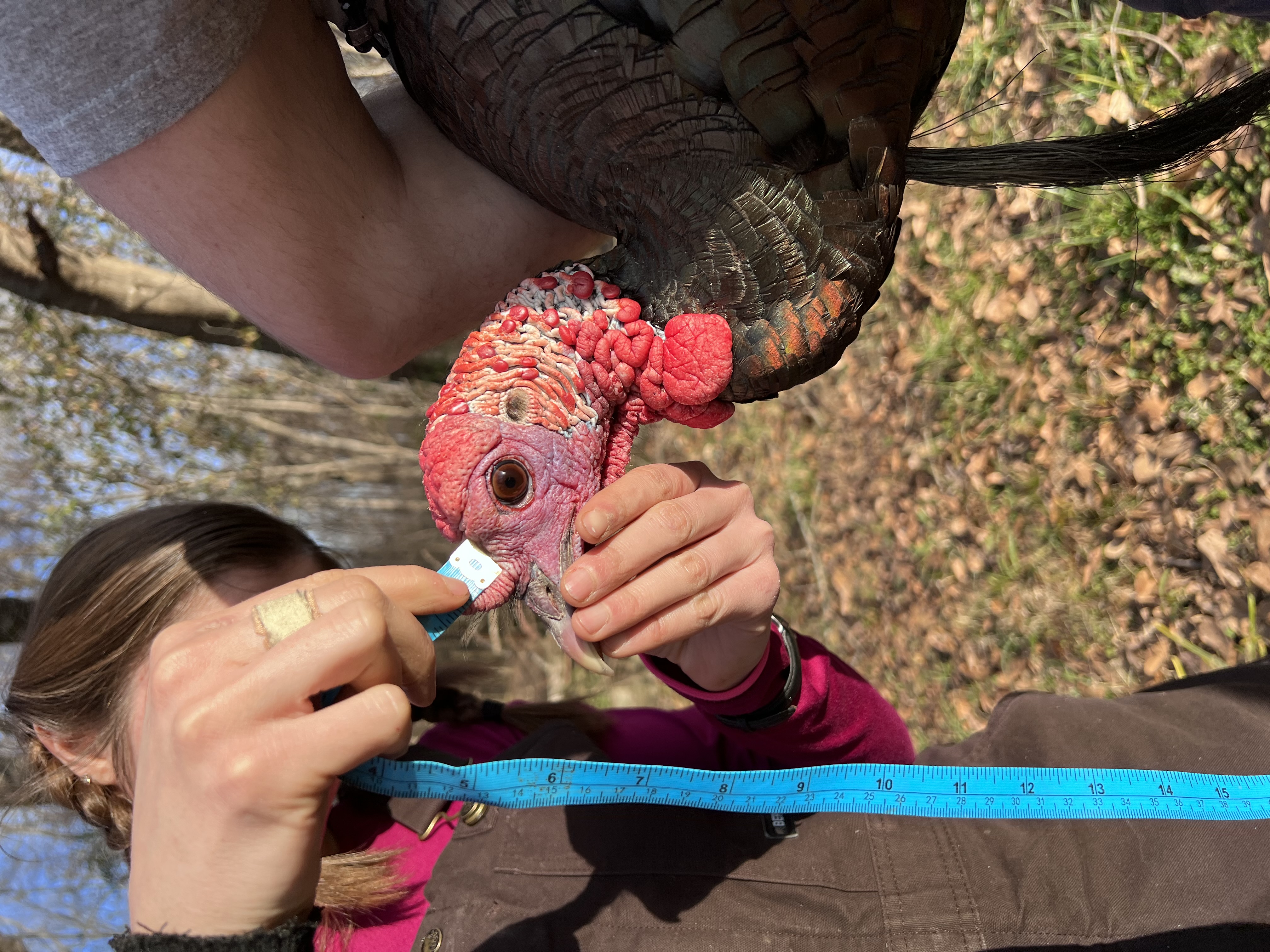The findings, published May 23 in PLOS Biology, add to a growing list of approaches shown to lengthen life in animal models and provide the first demonstration that oxygen restriction could extend life span in a mouse model of aging.
Epidemiological observations have offered tantalizing clues to a curious phenomenon — people who reside at high altitudes tend to live longer and appear less prone to developing certain diseases.
In the new study, researchers sought to determine whether they could replicate this finding in animals.
“Epidemiological studies have hinted that populations that live at higher altitudes tend to live longer and stay healthier as they age. We wanted to test whether, in a more controlled setting, restricting oxygen appears to do the same in our mouse model of aging”,” said study senior author Vamsi Mootha, professor of systems biology in the Blavatnik Institute at Harvard Medical School.
Since time immemorial, humans have sought to cheat — or at least delay — death by extending their natural life spans, said study first author Robert Rogers, a postdoctoral researcher in the Mootha Lab.
This quest may be within closer reach with a mounting body of research over the past few decades that has identified a number of ways that significantly lengthen the lives of cells in petri dishes and common lab animals such as roundworms, fruit flies, and mice.
These strategies include caloric restriction and use of the diabetes medication metformin, the immunosuppressive drug rapamycin, and aspirin — all of them in various stages of testing in animal models and humans.
Some studies have suggested that oxygen restriction — limiting the concentration of oxygen in the ambient air at a level significantly below that at sea level, about 21 percent — can also extend life span in a variety of models, including fruit flies, worms, yeast, and mammalian cells in lab dishes. Thus far, however, oxygen restriction has remained unexplored in mammalian aging.
To test this idea, Mootha, Rogers, and their colleagues worked with a strain of mice that age prematurely. These animals succumb to age-related diseases at about 3 or 4 months of age, compared with normal, or “wild type” mice, who live about two years.
Once the mice were weaned at around four weeks after birth, the researchers moved them into a hypoxic chamber with an oxygen concentration of just 11 percent, the equivalent of the oxygen levels at the base of Mount Everest.
Rather than decreased barometric pressure — the reason for such low oxygen tension at high altitudes — the hypoxic chamber’s low oxygen content was caused by dilution with nitrogen gas.
The median life span of these mice living at normal 21 percent oxygen was just shy of 16 weeks. However, animals housed in the hypoxic chamber lived to about 24 weeks, on average, or about 50 percent longer than expected.
The maximum life span of these animals also increased under low-oxygen conditions — by about 30 percent, or about 31 weeks, compared with 26-week life spans of their peers living in normal oxygen concentrations.
Life span wasn’t the only outcome that changed for the animals residing under oxygen restriction, Rogers explained.
Mice living in the reduced oxygen environment also preserved neurologic function longer, as measured by their performance on a standard test of coordination and strength.
Seeking to understand the mechanism behind these effects, the researchers examined food intake to see if the animals ate less, since caloric restriction has proved to be a potent life span extender in multiple animal models.
To the researchers’ surprise, mice living in the hypoxic chamber ate slightly more food than those living under normal oxygen concentrations. A search for unusual gene activity, DNA damage, or changes in signaling pathways in the oxygen-restricted mice turned up some tantalizing clues but no definitive answers, Rogers said.
Future studies, he added, should examine whether oxygen restriction can similarly extend life span in wild-type mice, should seek to define what mechanisms might be responsible for the life-extending effects of restricted oxygen, and determine whether these mechanisms affect all organs.
Authorship, funding, disclosures
Additional authors included Hong Wang, Timothy Durham, Jonathan Stefely, Norah Owiti, Andrew Markhard, Lev Sandler, and Tsz-Leung To.
This work was funded by a gift from the J. Willard and Alice S. Marriott Foundation to Mootha. Mootha is an Investigator of the Howard Hughes Medical Institute. Rogers is supported by the Parker B. Francis Family Foundation Fellowship.
Mootha is on the scientific advisory board of 5am Ventures. He is listed as an inventor on patents filed by Massachusetts General Hospital on the therapeutic uses of hypoxia.



